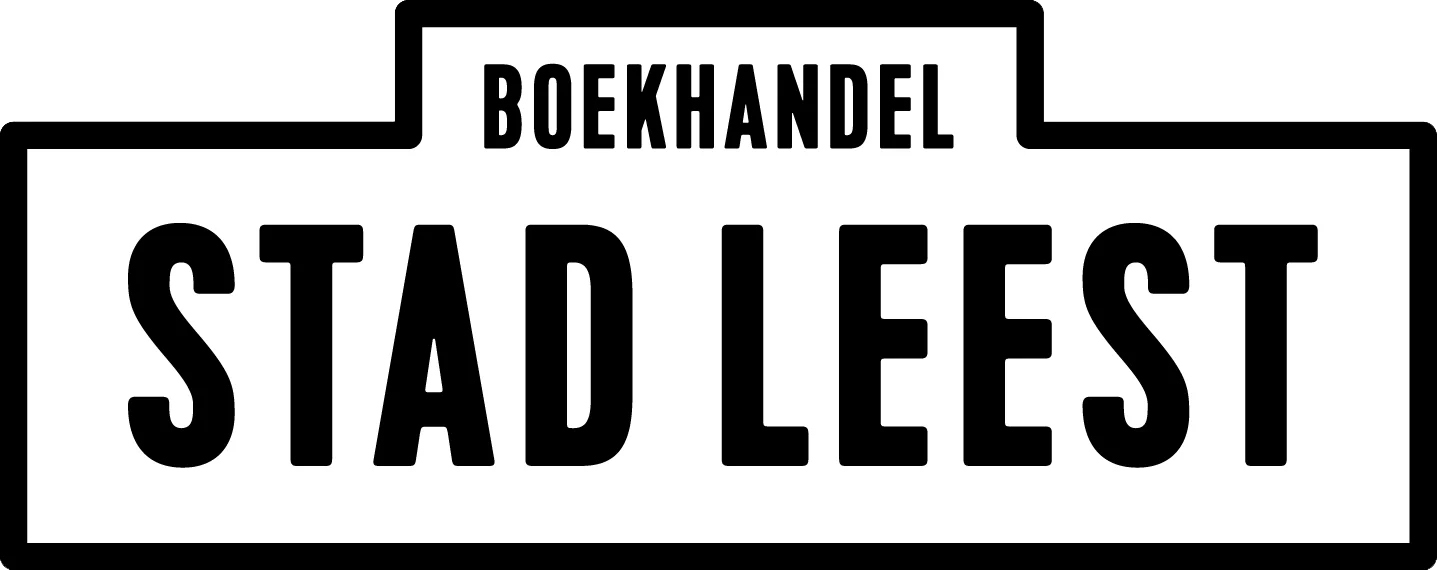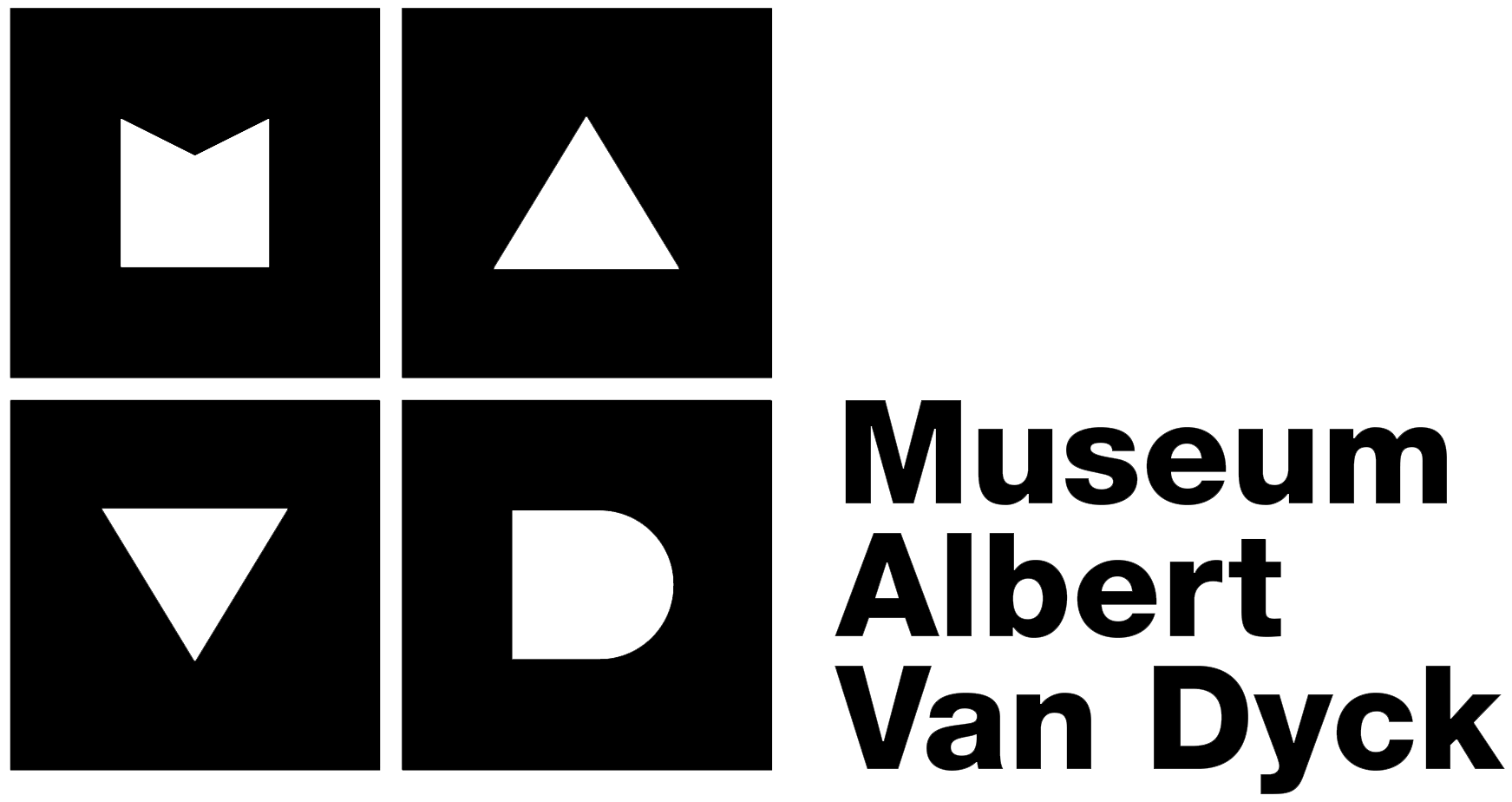October 1918: The young Paul van Ostaijen arrives in Berlin, fleeing Belgium and in search of a new beginning. In his home city of Antwerp, he was the driving force behind the breakthrough of modernism, but in Berlin he suddenly found himself in the capital of Expressionism.
The visual artists Fritz Stuckenberg, Lyonel Feininger, Arnold Topp and Heinrich Campendonk, who became good friends of van Ostaijen, were urgently looking for an alternative to the all-powerful gallery ‘Der Sturm’. Van Ostaijen brings with him a breath of fresh air, enthusiasm and a revolutionary world of ideas. He is a driven man who has dedicated his work entirely to the search for new forms and could thus provide an impetus for a new movement after the Blauer Reiter. And that included his own manifesto – entitled ‘Kataklump’. But it doesn’t come to that.
‘Kataklump’ is the story of an avant-gardist who made it his mission to uphold and develop the spirit of Expressionism. Matthijs de Ridder describes both Paul van Ostaijen’s work as an art critic and dealer and his relationships with many of the modern thinkers and creators he encountered during his time in Berlin, as well as the genesis of the poet’s sensational poetry.
The typographical masterpiece ‘Bezette Stad’ and the vividly expressive volume ‘De feesten van angst en pijn’, which made Paul van Ostaijen one of the most influential poets of his time in Berlin.









